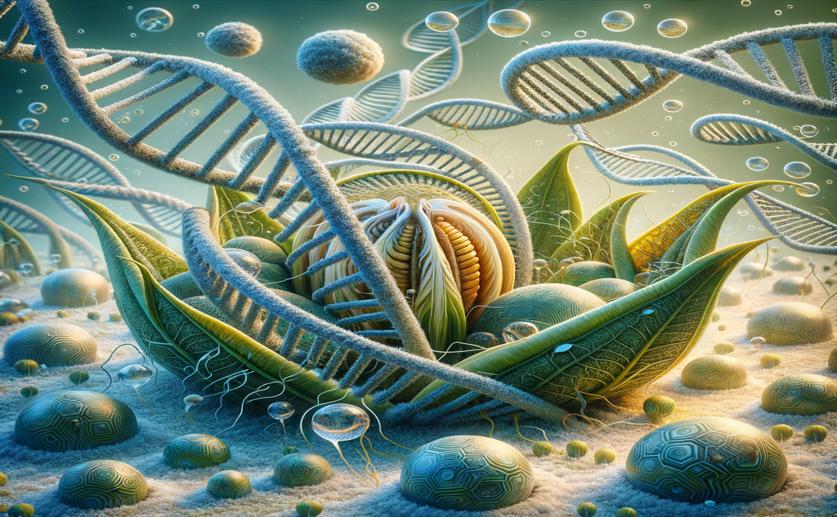
Understanding How Parasitic Plants Evolve by Studying Their DNA
Greg Howard
17th May, 2024

Image Source: Natural Science News, 2024
Key Findings
- The study focused on hemiparasitic plants in the Loranthaceae family, comparing obligate stem-parasites with facultative root-parasites
- Obligate stem-parasites showed more extensive plastome degradation than facultative root-parasites
- The transition to obligate parasitism triggered a 'domino effect' of gene losses and plastome rearrangements
GeneticsPlant ScienceEvolution
References
Main Study
1) Comparative and phylogenetic analyses of Loranthaceae plastomes provide insights into the evolutionary trajectories of plastome degradation in hemiparasitic plants
Published 16th May, 2024
https://doi.org/10.1186/s12870-024-05094-5
Related Studies
2) The evolution of parasitism in plants.
3) The evolution of the plastid chromosome in land plants: gene content, gene order, gene function.
4) Photosynthetic evolution in parasitic plants: insight from the chloroplast genome.
Journal: BioEssays : news and reviews in molecular, cellular and developmental biology, Issue: Vol 26, Issue 3, Mar 2004
5) Mechanisms of functional and physical genome reduction in photosynthetic and nonphotosynthetic parasitic plants of the broomrape family.



 1st May, 2024 | Jenn Hoskins
1st May, 2024 | Jenn Hoskins